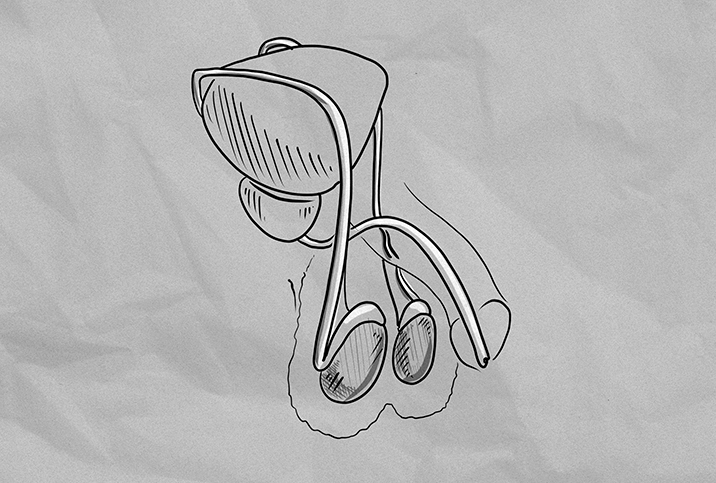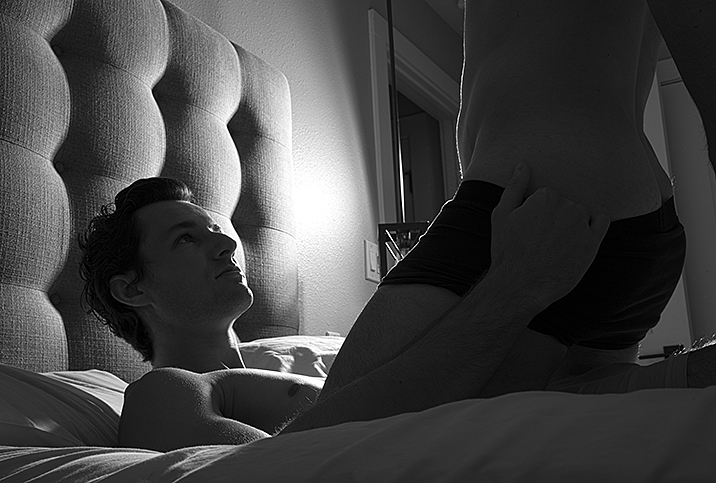How to Move Forward After Testicular Cancer

Treatment success rates for testicular cancer are relatively high when compared to other cancers. In fact, the chance of dying due to testicular cancer is considered slim, at about 1 in 5,000, according to the American Cancer Society.
While successfully completing treatment for testicular cancer can be exciting, patients face the very real concern the cancer might return, but a proactive approach to follow-up care can overcome such issues.
What does follow-up care look like?
After completing treatment for testicular cancer, it’s essential to attend follow-up appointments—lab tests, X-rays, CT scans and more—so your doctor can monitor you for signs of recurrence or treatment side effects.
The American Cancer Society suggests individuals consult their doctor about developing a survivorship care plan, which should include a schedule for follow-up exams, tests and screenings. In addition, patients should request a list of possible late- or long-term side effects from their treatments, guidance about signs to watch for and tips for when they should contact a doctor.
Moving forward after treatment
Surgery is the most frequent treatment for testicular cancer. Depending on the case, the testicles can be spared during surgery, but in advanced cases, one or both testicles may be removed. The loss of a single testicle typically does not affect a man’s ability to father a child. An individual who gets both testicles removed, however, will face infertility, because his body can no longer produce sperm.
Side effects can go beyond fertility issues, though. Men who have both testicles removed may experience a dip in sex drive and erectile dysfunction. Other possible side effects are muscle mass deterioration, fatigue and hot flashes.
The good news is these side effects can be managed with hormone therapy—testosterone replacement therapy can be administered via pills, injections, patches or gels—which usually helps restore a man’s ability to maintain a healthy sex life.
A survivor can also undergo surgery to get a testicular prosthesis implanted in his scrotum to restore the look of the genitals. According to the American Cancer Society, the prosthesis approved for use in the United States is filled with saline and available in a variety of sizes.
Undergoing additional surgery is a big decision, so it is important to talk to your doctor about any concerns before moving forward with any procedure.
Rely on a support system
A less obvious issue related to the surgical removal of one or both testicles is the negative effect it can have on a man’s self-esteem and overall mental health. Coming to terms with the changes to your body during treatment can be a long and difficult journey, but a support system makes it absolutely achievable. Testicular cancer can have a lasting impact on your life, but you don’t have to go through it alone. It’s essential to build a solid support system—through friends, family, a therapist or counselor, or an online support group—to help you get through it all.
Taking care of your mental and emotional health and being diligent about your post-treatment follow-up care is essential to improving your health and well-being after testicular cancer.


















